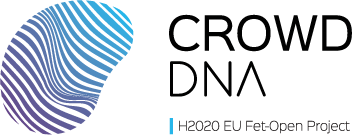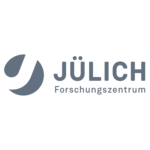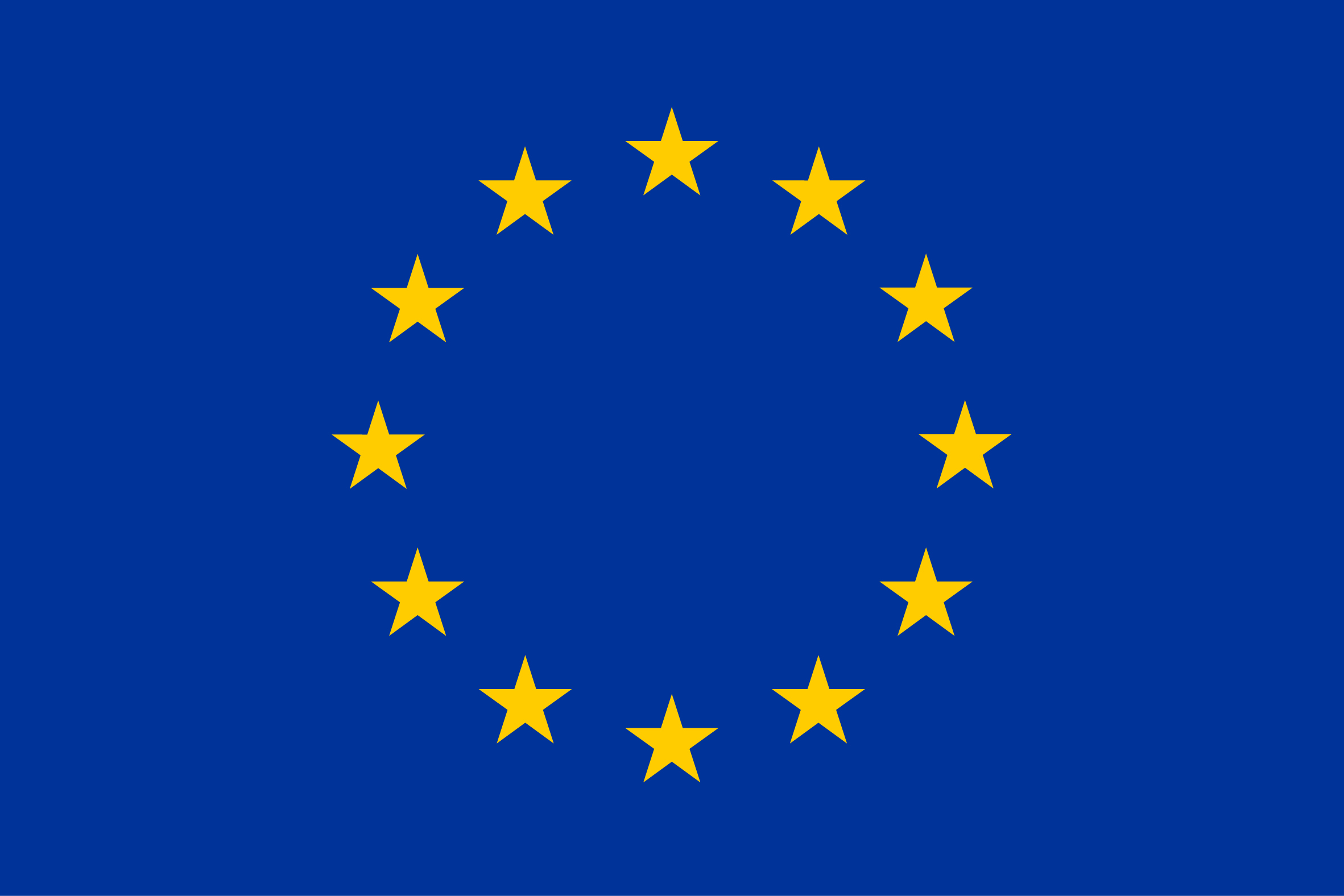
D3.3: CrowdDNA analysis demonstrator
Deliverable D3.3 is a demonstration of the analysis tools produced by WP3 – Macro-to-micro crowd analysis – as part of the CrowdDNA project. In this report we describe the components of the final demonstration, and how it was carried out.

D4.4: Information System for Individuals
This report describes a potential system for providing information to individuals within crowded places. The innovations worked on through the CrowdDNA project and the potential crowd management system described in D4.3 could be used for influencing crowd and individual behaviours. This could be to avoid overcrowding of a particular area, encourage crowds to spread out across the site, to direct crowds to avoid an incident or direct them during emergency.

D4.3: Information System for Authorities
This report focuses on the proposed design and requirements for an “information system for authorities”. The information referred to is about crowd data, and this can also be used as a crowd management system for the operation of crowded places. The intention is to consider the needs of practitioners in managing crowds and how they could leverage CrowdDNA and other technologies through a dashboard approach.
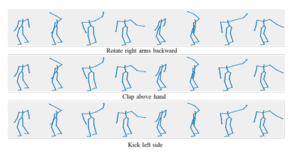
Pattern Recognition 2024: Understanding the Vulnerability of Skeleton-based Human Activity Recognition via Black-box Attack
Yunfeng Diao, He Wang, Tianjia Shao, Yongliang Yang, Kun Zhou, David Hogg, Meng Wang

D4.2: Crowd management solutions
The overall objective of WP4 is to explore usage of the main technologies developed along the project CrowdDNA for crowd analysis, and based on which to develop management techniques that explore the best usage of this information”. This deliverable, D4.2, describes the development of modelling techniques and their uses for new crowd management solutions.
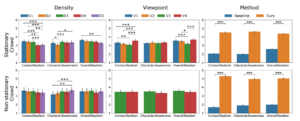
ACM 2024: Resolving Collisions in Dense 3D Crowd Animations
Gonzalo Gomez-Nogales, Melania Prieto-Martin, Cristian Romero, Marc Comino-Trinidad, Pablo Ramón, Anne-Hélène Olivier, Ludovic Hoyet, Miguel A. Otaduy, Julien Pettre and Dan Casas

D2.2: CrowdDNA simulator prototype
This deliverable describes the efforts done during Period 1, Period 2 and part of Period 3 in the Work Package 2 of the CrowdDNA project towards developing a new crowd simulator algorithm tailored to model both macro and micro-level crowd characteristics. As a reminder, the overall objective of WP2 is to deliver a new generation of crowd simulation techniques that can predict crowd behaviours at macroscopic scales from numerical models of physical interactions.

D1.4: Numerical dataset
This report details the work completed to achieve deliverable D1.3-Numerical Dataset. The data presented consists of two modalities: first, a dataset of interactions between two people that was captured with MoCap suits at the INRIA facilities; and second, a dataset of dense 3D crowd motions that were synthetically simulated using state-of-the-art crowd simulation software and then lifted to 3D by rigging 3D characters following the trajectories obtained by the simulator.

PED 2023: Standing Balance Recovery Strategies of Young Adults in a Densely Populated Environment Following External Perturbations
T. Chatagnon, S. Feldmann, J. Adrian, A.-H. Olivier, C. Pontonnier, L. Hoyet and J. Pettre
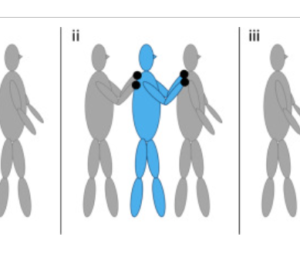
PED 2023: Temporal segmentation of motion propagation in response to an external impulse
S. Feldmann, T. Chatagnon, J. Adrian, J. Pettre and A. Seyfried

Collective Dynamics 2024: Propagation of controlled frontward impulses through standing crowds
S. Feldmann, J. Adrian and M. Boltes
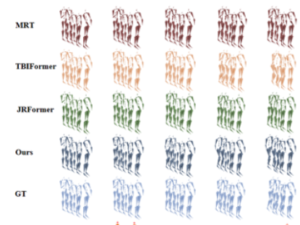
CVPR 2024: Human Motion Prediction under Unexpected Perturbation
Jiangbei Yue, Baiyi Li, Julien Pettre, Armin Seyfried, He Wang

